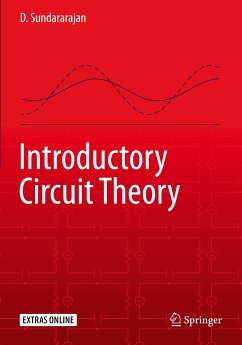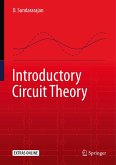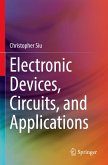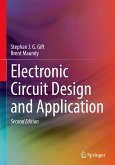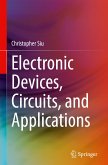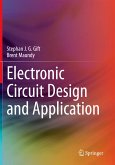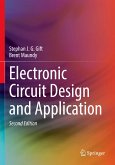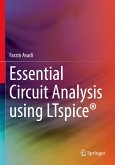This textbook for a one-semester course in Electrical Circuit Theory is written to be concise, understandable, and applicable. Matlab is used throughout, for coding the programs and simulation of the circuits. Every new concept is illustrated with numerous examples and figures, in order to facilitate learning. The simple and clear style of presentation, along with comprehensive coverage, enables students to gain a solid foundation in the subject, along with the ability to apply techniques to real circuit analysis.
Written to be accessible to students of varying backgrounds, this textbook presents the analysis of realistic, working circuits
Presents concepts in a clear, concise and comprehensive manner, such as the difficult problem of setting up the equilibrium equations of circuits using a systematic approach in a few distinct steps
Includes worked examples of functioning circuits, throughout every chapter, with an emphasis on real applications
Includes numerous exercises at the end of each chapter
Provides program scripts and circuit simulations, using the popular and widely used Matlab software, as supplementary material online
Written to be accessible to students of varying backgrounds, this textbook presents the analysis of realistic, working circuits
Presents concepts in a clear, concise and comprehensive manner, such as the difficult problem of setting up the equilibrium equations of circuits using a systematic approach in a few distinct steps
Includes worked examples of functioning circuits, throughout every chapter, with an emphasis on real applications
Includes numerous exercises at the end of each chapter
Provides program scripts and circuit simulations, using the popular and widely used Matlab software, as supplementary material online

